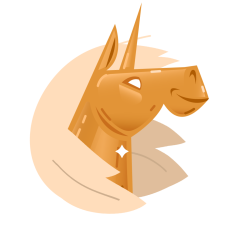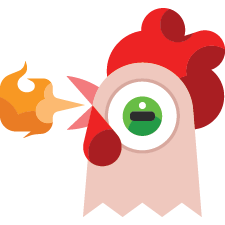Install Steam
login
|
language
简体中文 (Simplified Chinese)
繁體中文 (Traditional Chinese)
日本語 (Japanese)
한국어 (Korean)
ไทย (Thai)
Български (Bulgarian)
Čeština (Czech)
Dansk (Danish)
Deutsch (German)
Español - España (Spanish - Spain)
Español - Latinoamérica (Spanish - Latin America)
Ελληνικά (Greek)
Français (French)
Italiano (Italian)
Bahasa Indonesia (Indonesian)
Magyar (Hungarian)
Nederlands (Dutch)
Norsk (Norwegian)
Polski (Polish)
Português (Portuguese - Portugal)
Português - Brasil (Portuguese - Brazil)
Română (Romanian)
Русский (Russian)
Suomi (Finnish)
Svenska (Swedish)
Türkçe (Turkish)
Tiếng Việt (Vietnamese)
Українська (Ukrainian)
Report a translation problem
































































































































































































































But its entirely possible that the animations end up being broken once you do that.
M "porting weapon mods to another" guide briefly touches the editing of animations. But i do not have a guide on editing anims like that.
Only ideas i got is that perhaps you're loading HLMV that doesn't belong to l4d2, so it doesn't understand the model type of the mdl's.
You could try getting L4D2 HLMV++ from the Hammer++ github page.
It's better than the vanilla HLMV and you can be sure you are using the correct hlmv.
cause decompiling weapons alone is the cause for spazzing out arms.
But that can still be fixed.
At the very top of this guide is a link to another guide called "Working with includemodels".
It has a section on removing camera shake, which is the only part of the entire page you need to look at, because the rest is irrelevant to your interests.
All you need to do is get the mdl of the mod you're editing, open it in a hex editor (like HxD or Notepad++ with the hex edit plugin) and rename the attachment name for the camera.
Your ingame console may cry about a misnamed attachment, but it won't break anyhting.